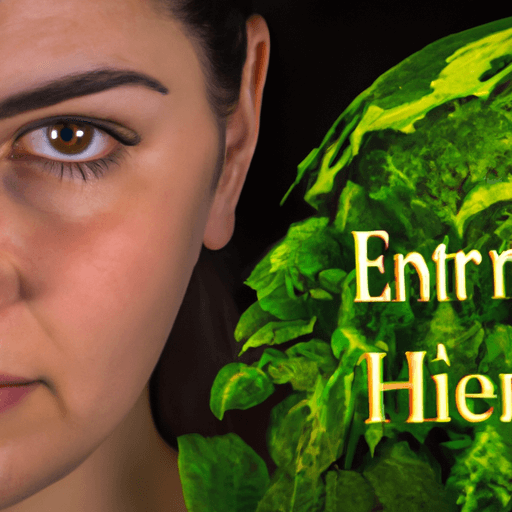The Benefits of Genetically Modified Organisms in Gardening
Gardening is a hobby enjoyed by many, but with the advances in biotechnology, it has become possible to customize the DNA of plants to create higher yields, resist pests and disease, and even improve the nutritional content. While there is some controversy surrounding GMOs, there are many advantages that they offer. In this article, we’ll discuss the various benefits that GMOs can bring to gardening, along with the potential risks, how to properly incorporate them into a garden, and the regulations and policies that have been put in place to control their use.
The Benefits of GMOs in Gardening
The primary benefit of using GMOs in gardening is increased resistance to disease. By altering the genetic makeup of plants, gardeners can create varieties that are more resilient against diseases that would normally devastate a crop. This is especially important in areas where certain diseases are more prevalent, as it can help reduce the need for chemical treatments.
GMOs can also increase yields, as they allow gardeners to create plants that are better suited to their local climate or that produce a higher yield than traditional varieties. Additionally, GMOs can be used to create plants with improved nutritional content, such as those with higher levels of essential vitamins and minerals. This can be particularly beneficial in areas where soil nutrient levels are low.
Potential Risks of Using GMOs
While there are many benefits to using GMOs in gardening, there are also some risks. One of the primary concerns is that GMOs can reduce genetic diversity, as they are designed to be more uniform than traditional varieties. This can make plants more susceptible to disease, as their lack of genetic variation makes them more vulnerable to pathogens. Additionally, the use of GMOs can have unintended consequences, such as the introduction of new allergens or toxins.
How to Incorporate GMOs into a Garden
If you’re considering using GMOs in your garden, it’s important to do your research and understand the potential risks involved. Additionally, you should familiarize yourself with the regulations and policies in your area, as they can vary from place to place. When it comes to actually incorporating GMOs into your garden, it’s important to start slow and use only a few varieties at first, as this will allow you to get a better feel for how they perform. Additionally, it’s important to be mindful of the potential risks, such as cross-contamination with traditional varieties or the introduction of new allergens.
Regulations and Policies
In order to protect consumers and the environment, many countries have implemented regulations and policies concerning the use of GMOs in gardening. These regulations can range from outright bans on certain GMOs to labeling requirements for foods that contain them. Additionally, many countries have policies in place to prevent the spread of GMOs, such as buffer zones that must be maintained between GMO and traditional crops. It’s important to familiarize yourself with the regulations and policies in your area before using GMOs in your garden.
Conclusion
Gardening with GMOs can be a great way to increase yields, resist pests and disease, and improve the nutritional content of your crops. However, it’s important to be aware of the potential risks, such as decreased genetic diversity and the introduction of new allergens. Additionally, it’s important to familiarize yourself with the regulations and policies in your area before using GMOs in your garden. With the help of this article, gardeners can make informed decisions about whether or not to use GMOs in their gardens.



















Comments
Leave a Comment